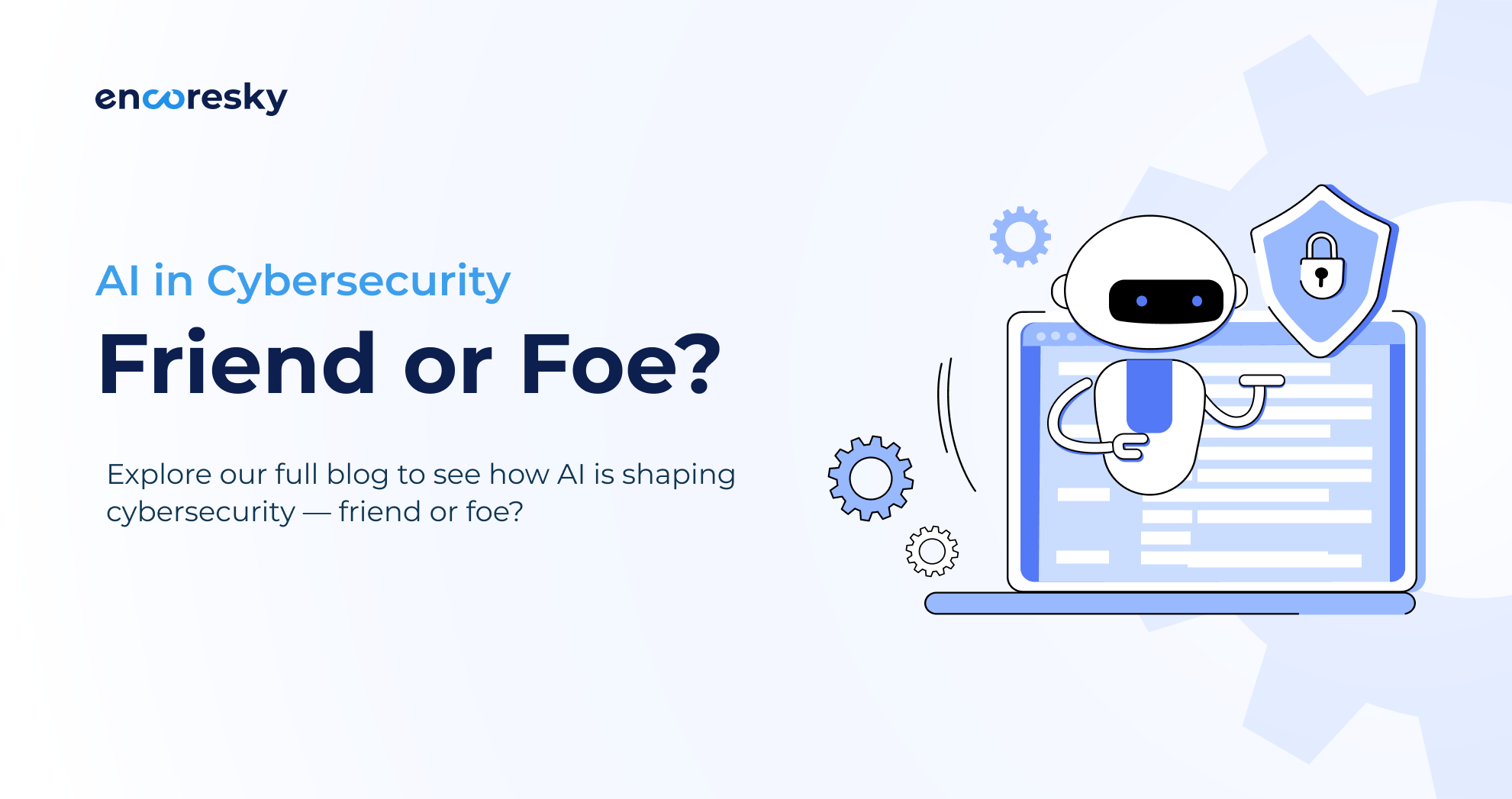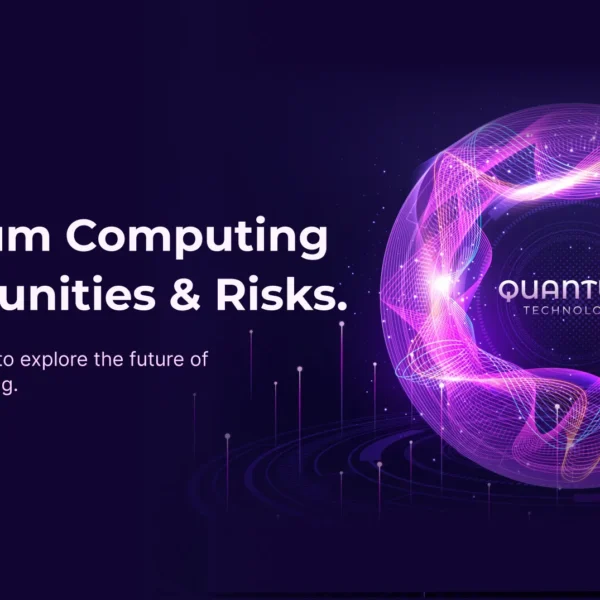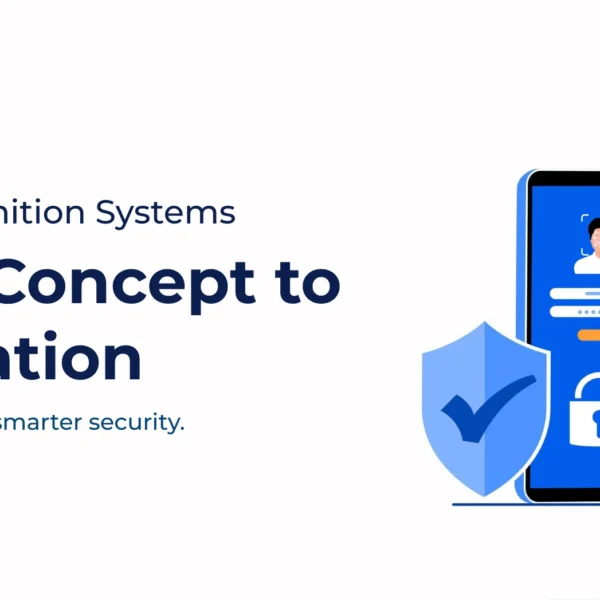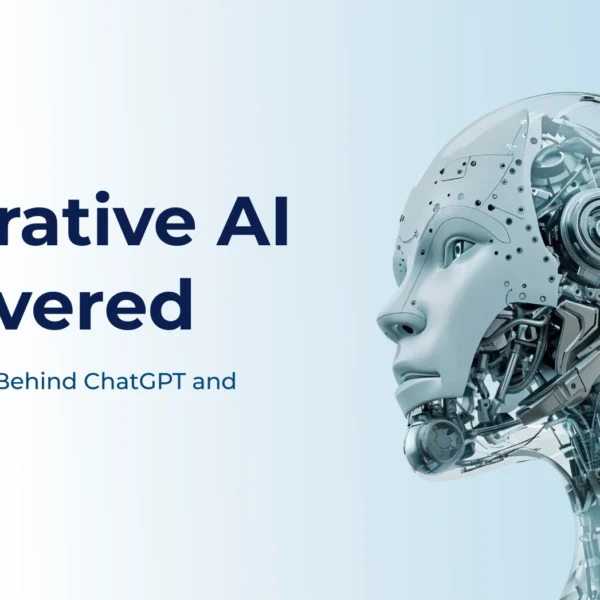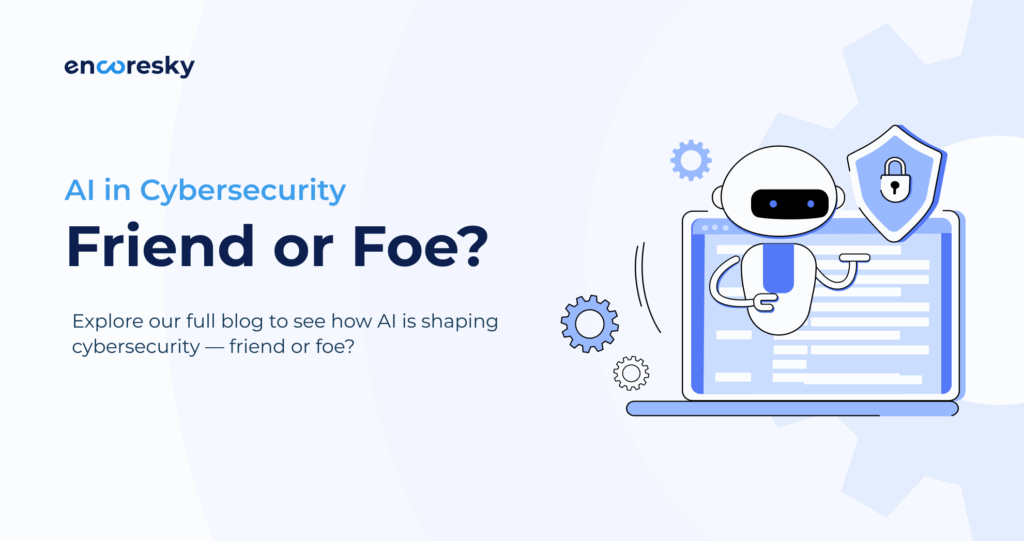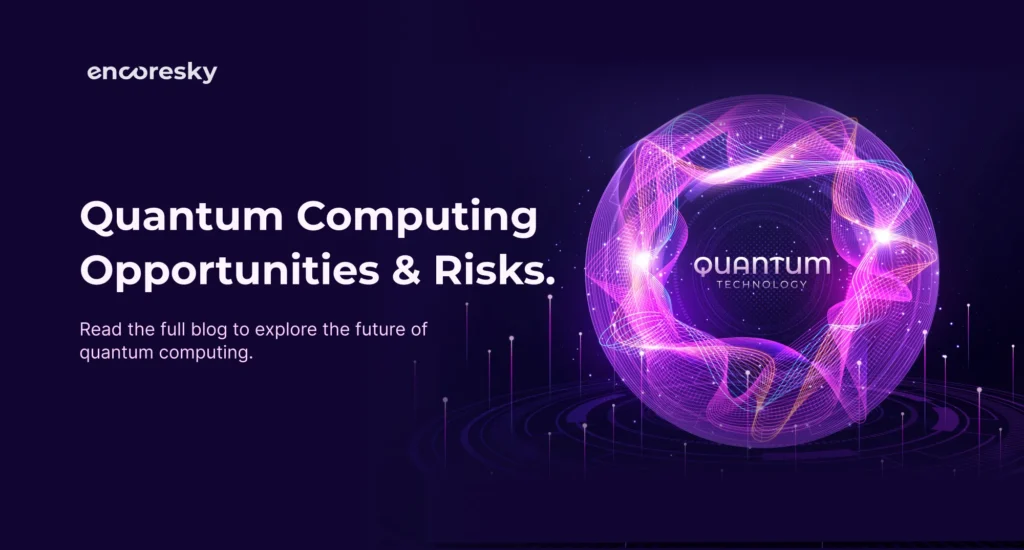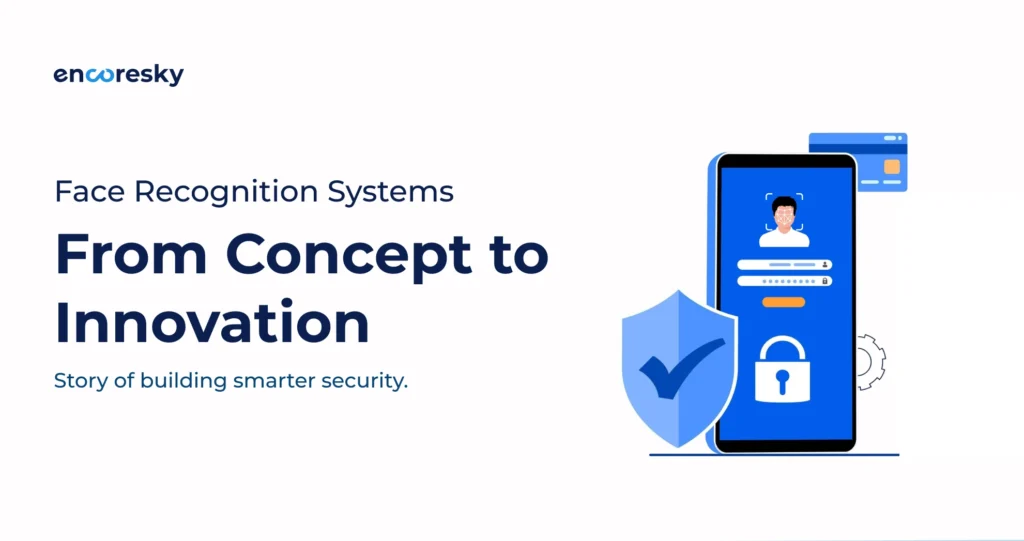Every day, AI impacts how we live, work, and engage with technology. One of the most promising applications of AI is in the field of Cybersecurity. Cybersecurity involves the protection of computers, networks, and data against unauthorized access and attacks, theft, or damage. The proliferation of AI technologies begs the question: is AI a friend that bolsters the protection of computer systems or a foe that poses new threats? This need not be a complex issue.
How AI Helps Cybersecurity?
When it comes to avoiding sophisticated attacks, AI has invaluable resources. Cybersecurity technologies that employ AI are an important step forward, as many older systems operate on static and pre-defined parameters. The threat of new attacks is what makes AI indispensable. Machine Learning (ML) systems could help identify system compromises by continuously analyzing system and user behavior and spotting anomalies in user patterns as they occur.
AI assists in the examination of considerable volumes of data. Every day, big companies produce considerable volumes of information, and tracking this data for threats manually is unfeasible. AI can rapidly analyze this data and identify potential risks faster than humans.
Real-World Examples
AI is already being used by many businesses to strengthen cybersecurity:
- Microsoft: Protects millions of users by using AI to identify malware and phishing attempts in emails.
- Darktrace: An AI-powered cybersecurity firm that uses network monitoring to automatically identify anomalous activity and possible dangers.
- Impact: By preventing attacks before they cause significant harm, these AI-powered systems assist organizations.
How AI Can Be a Threat?
Although AI aids in system defense, hackers may abuse it. AI can be used by hackers to develop more sophisticated and difficult-to-detect attacks. AI can, for instance, create realistic-looking spoof emails, messages, or websites to fool users into divulging personal information. These are referred to as phishing attacks driven by AI.
Additionally, AI can identify software flaws more quickly than humans. This implies that hackers are better able to identify vulnerabilities and take advantage of them. To put it another way, the same technology that keeps us safe can also work against us.
Balancing the Friend and Foe?
To reduce risks and maximize AI’s effectiveness in cybersecurity:
Responsible Use: To improve cybersecurity and remain aware of possible threats, businesses and governments must use AI carefully.
Human Expertise: While AI is capable of identifying anomalous patterns, humans are still required for decision-making, result interpretation, and effective attack response.
Education & Awareness: Workers ought to:
- Identify phishing attempts
- Employ secure passwords.
- Observe cybersecurity best practices.
Combined Approach: While AI cannot completely prevent attacks, it can greatly lower risks when paired with human expertise and best practices.
The Future of AI in Cybersecurity
According to experts, artificial intelligence will remain a significant factor in cybersecurity. By 2027, the global AI in cybersecurity market is anticipated to grow to $46.3 billion, per a MarketsandMarkets report. This demonstrates how crucial AI is becoming to safeguarding our digital environment.
But as AI advances, so will cyberattacks. The race between attackers and defenders never stops. The development of ethical AI, corporate cooperation, and ongoing advancements in cybersecurity methods will be essential to the future.
Conclusion
According to experts, artificial intelligence will remain a significant factor in cybersecurity. By 2027, the global AI in cybersecurity market is anticipated to grow to $46.3 billion, per a MarketsandMarkets report. This demonstrates how crucial AI is becoming to safeguarding our digital environment.
But as AI advances, so will cyberattacks. The race between attackers and defenders never stops. The development of ethical AI, corporate cooperation, and ongoing advancements in cybersecurity methods will be essential to the future.
